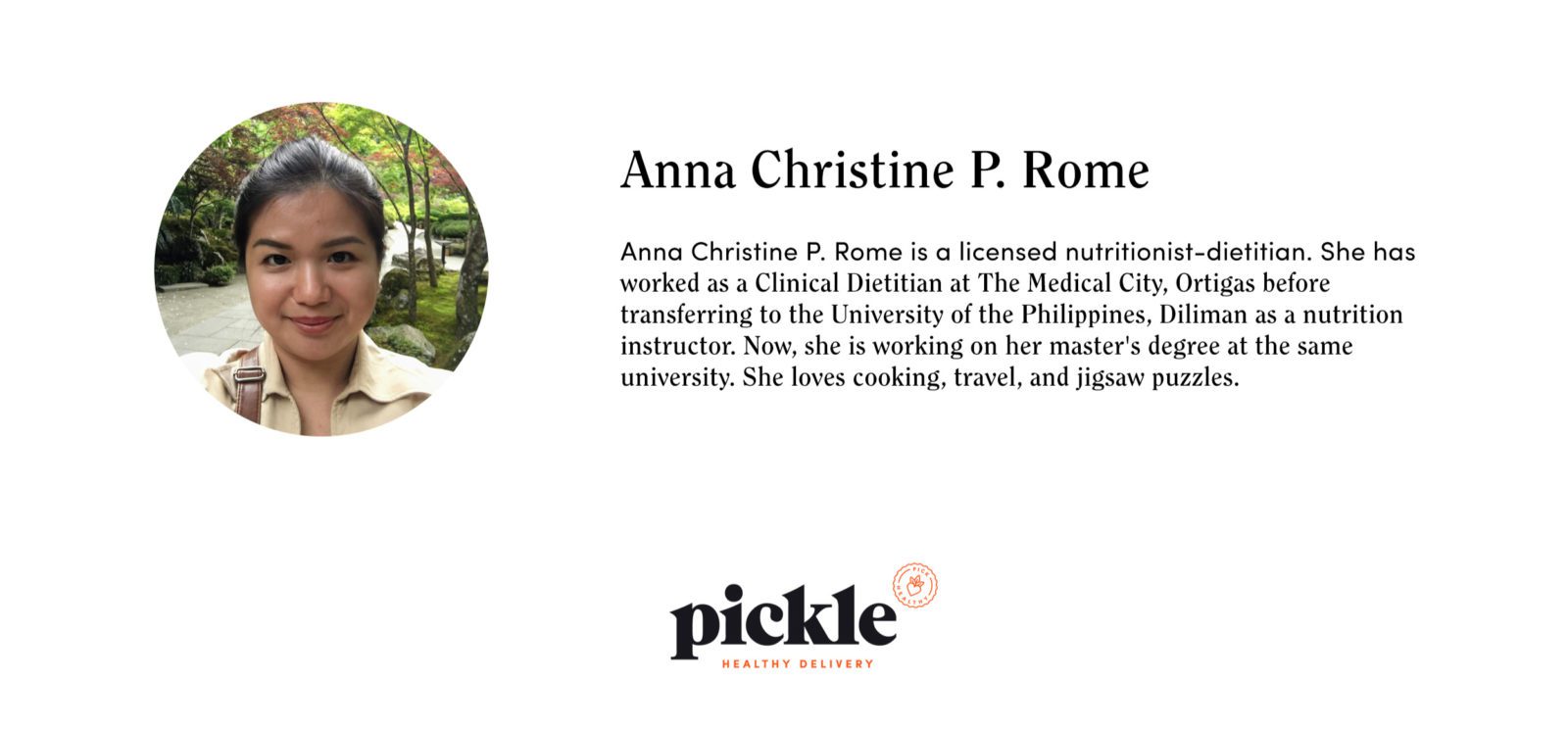Cholesterol is essential to health.
What You Need to Know About Cholesterol: The Good, the Bad, and How to Manage It
Did you know that cholesterol plays a crucial role in maintaining your health? Despite its bad reputation, cholesterol isn’t all harmful—it’s actually essential for producing hormones like testosterone and estrogen, synthesizing Vitamin D for strong bones, and building new cells. However, too much cholesterol can pose serious risks to your heart. So, what exactly is cholesterol, and why does it matter?
What Is Cholesterol?
Cholesterol is a waxy, fat-like substance produced by your liver and found in certain foods like egg yolks, cheese, and meat. It travels through your bloodstream carried by two main types of lipoproteins: Low-Density Lipoprotein (LDL) and High-Density Lipoprotein (HDL).
- LDL (Bad Cholesterol): Known as “bad cholesterol,” LDL can accumulate on artery walls, forming plaques that narrow your arteries. This increases the risk of heart disease, stroke, and other health problems.
- HDL (Good Cholesterol): Often called “good cholesterol,” HDL helps remove LDL from your arteries, transporting it to the liver for breakdown and removal from the body.
While LDL has earned a bad name, it’s worth noting that your body still needs it for vital functions like hormone production and cell membrane structure. The goal is to maintain healthy levels: aim for LDL levels below 100 mg/dL and HDL levels above 60 mg/dL.
Why Cholesterol Levels Matter
High levels of LDL combined with insufficient HDL can lead to heart disease, high blood pressure, and clogged arteries. That’s why keeping an eye on your cholesterol is key. Adults over 45 should get their cholesterol checked through a lipid profile every 1-2 years to catch potential issues early.
How to Manage Cholesterol Naturally
Looking to reduce LDL and boost HDL? Lifestyle changes can significantly improve your cholesterol levels. Here’s how:
1. Stay Active
Regular exercise increases HDL and lowers LDL. Aim for at least 150 minutes of moderate activity each week—think brisk walking, jogging, or even gardening.
2. Maintain a Healthy Weight
Excess weight raises LDL and lowers HDL. Losing even 1-2 pounds per week can lead to noticeable improvements in your cholesterol.
3. Quit Smoking
Smoking reduces HDL while increasing your risk of heart disease. Quitting not only boosts your cholesterol profile but also enhances your overall health.
4. Choose Heart-Healthy Foods
Your diet can make a big impact. Include:
- Omega-3 fatty acids (found in salmon, mackerel, and nuts) to improve heart health.
- Soluble fiber (from oats, vegetables, and fruits) to lower LDL.
- Avoid trans fats by cutting out processed foods and using healthy oils like olive or avocado.
Simplify Heart-Healthy Eating with Pickle PH
Eating for your heart doesn’t have to be complicated. At Pickle PH, we create delicious, balanced meal plans that align with your health goals. Our meals feature heart-friendly ingredients like omega-3-rich fish, fiber-packed veggies, and wholesome grains, saving you time and effort in the kitchen.
Take charge of your heart health today. Explore our meal plans and make smarter food choices for a healthier, worry-free future.
Easy Ways to Move More Every Day
Adding movement to your day doesn’t have to be a chore. Here are some simple tips to stay active, even with a busy schedule:
- Stretch during TV commercials or take it up a notch with squats or jumping jacks.
- Walk for 5 minutes every 1-2 hours.
- Dedicate 15 minutes of your lunch break to a quick walk—it’ll refresh your energy for the rest of the day.
- Do wall push-ups or tip-toe exercises while cooking or waiting for food to heat up.
- Use a full water bottle as a makeshift dumbbell for bicep or tricep curls while watching TV.
- Try chair exercises like stand-and-sit routines during office hours.
Look for creative opportunities to move more in your daily routine. Instead of sending an email or making a call, walk to a colleague’s desk. Regular, small improvements in activity can add up over time, helping you maintain a healthier lifestyle.
The choice is yours: will you sit or stay fit?

We Make It Easy To Pick Healthy.
Established since 2015. We are a healthy food delivery service offering delicious calorie-controlled and macro-balanced meals. Prepared by chefs and nutritionists with your health in mind.

